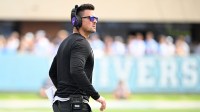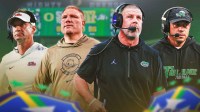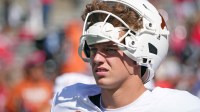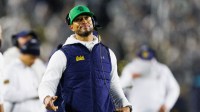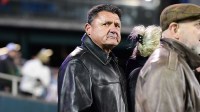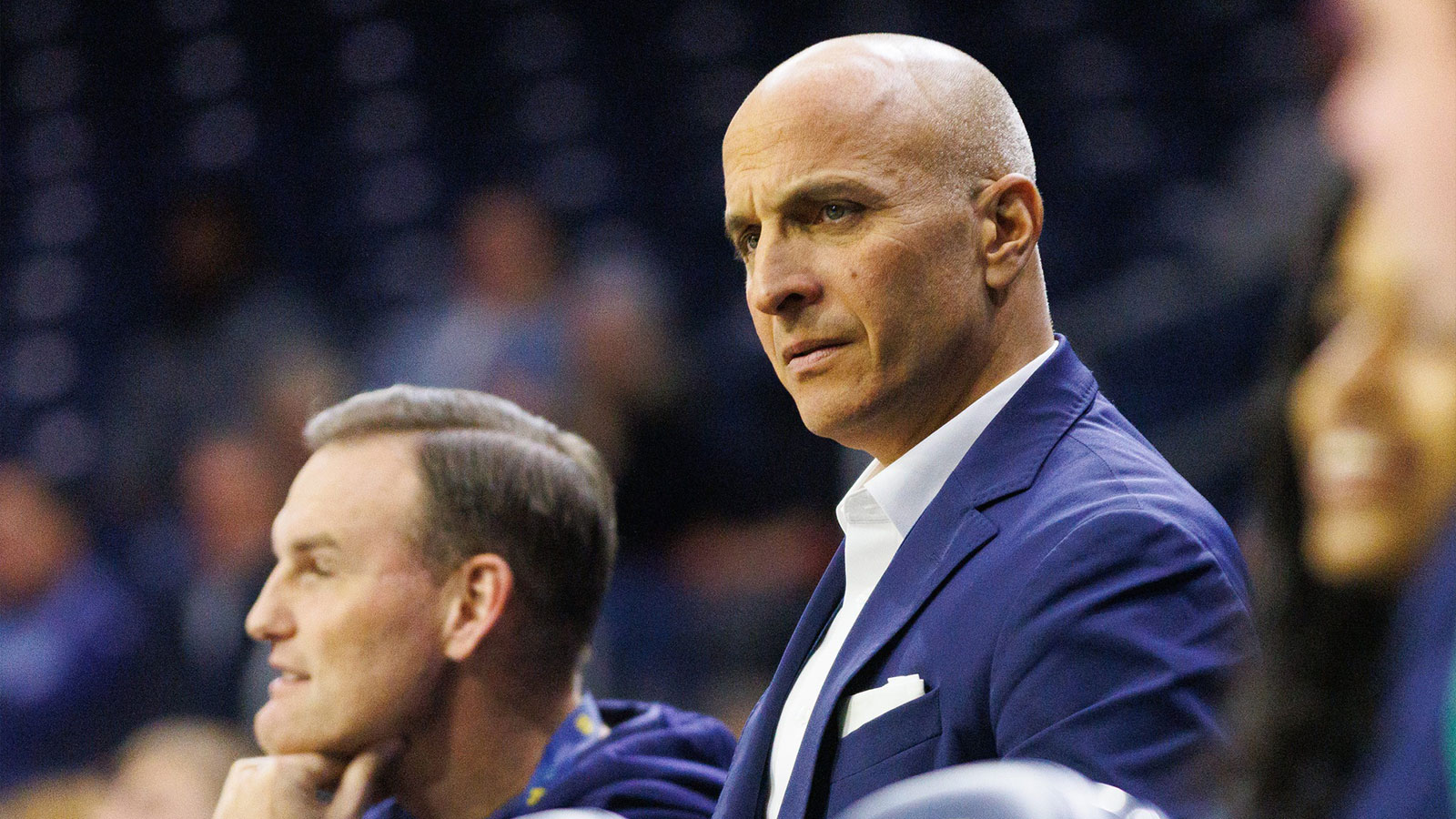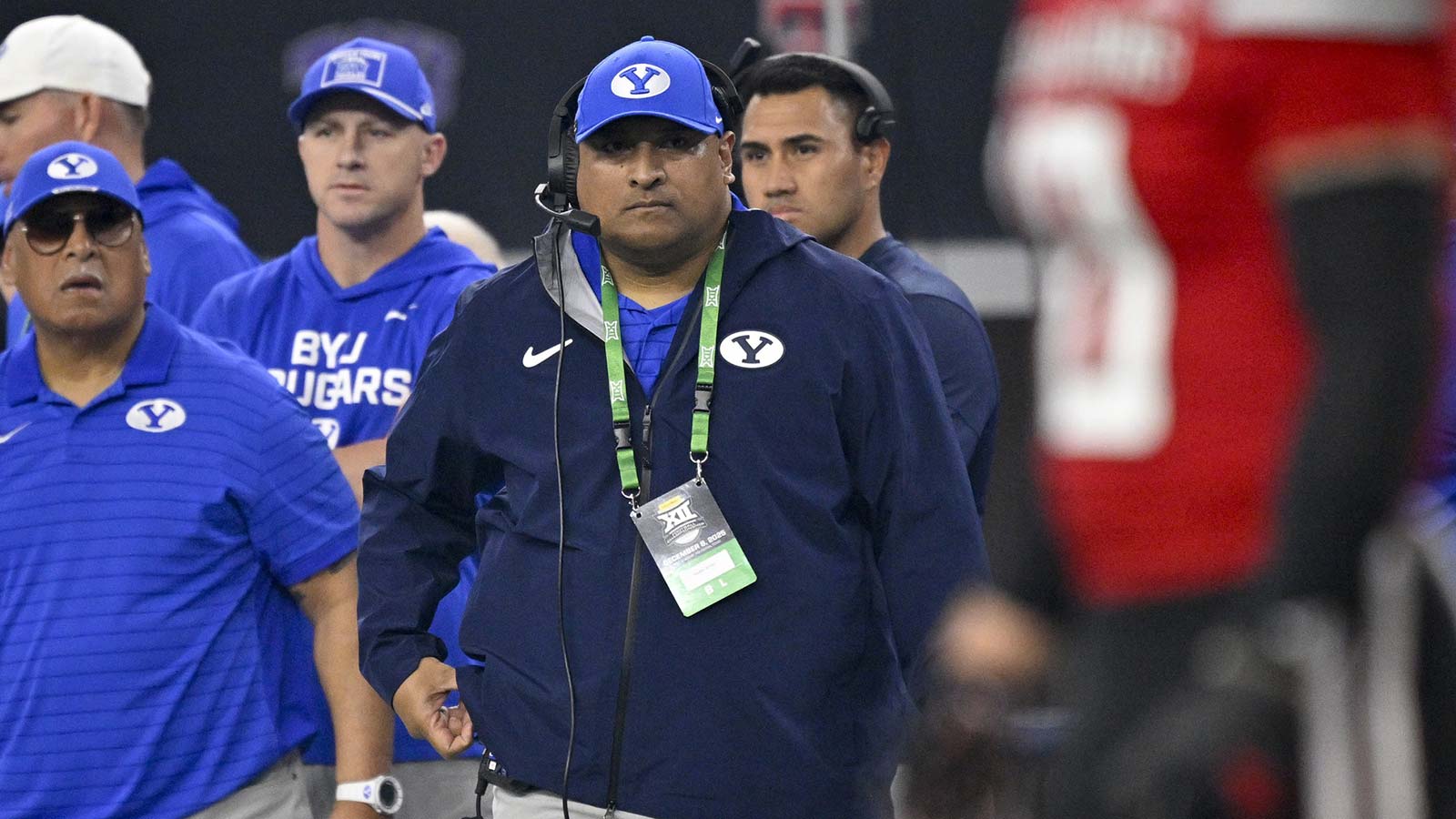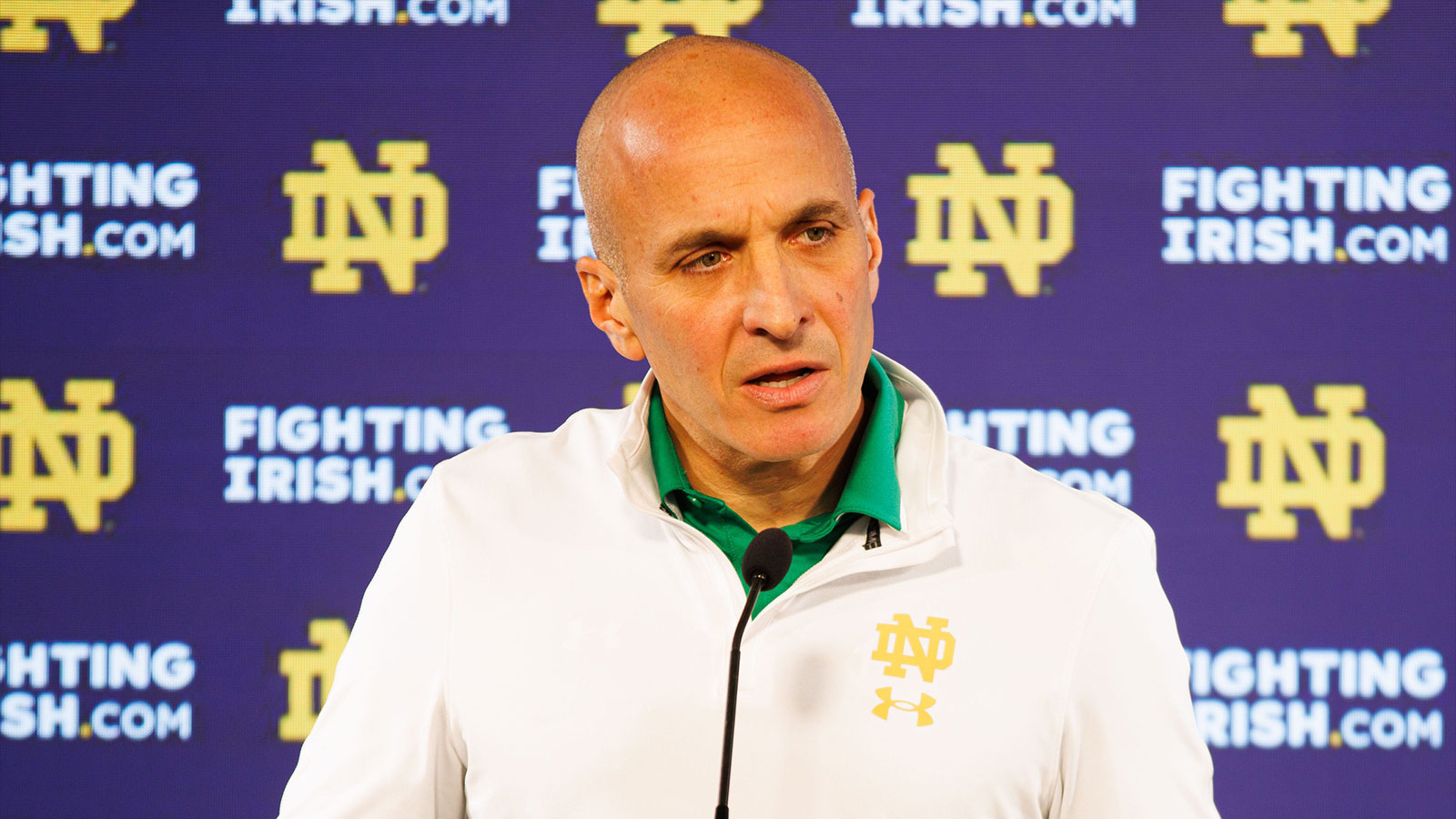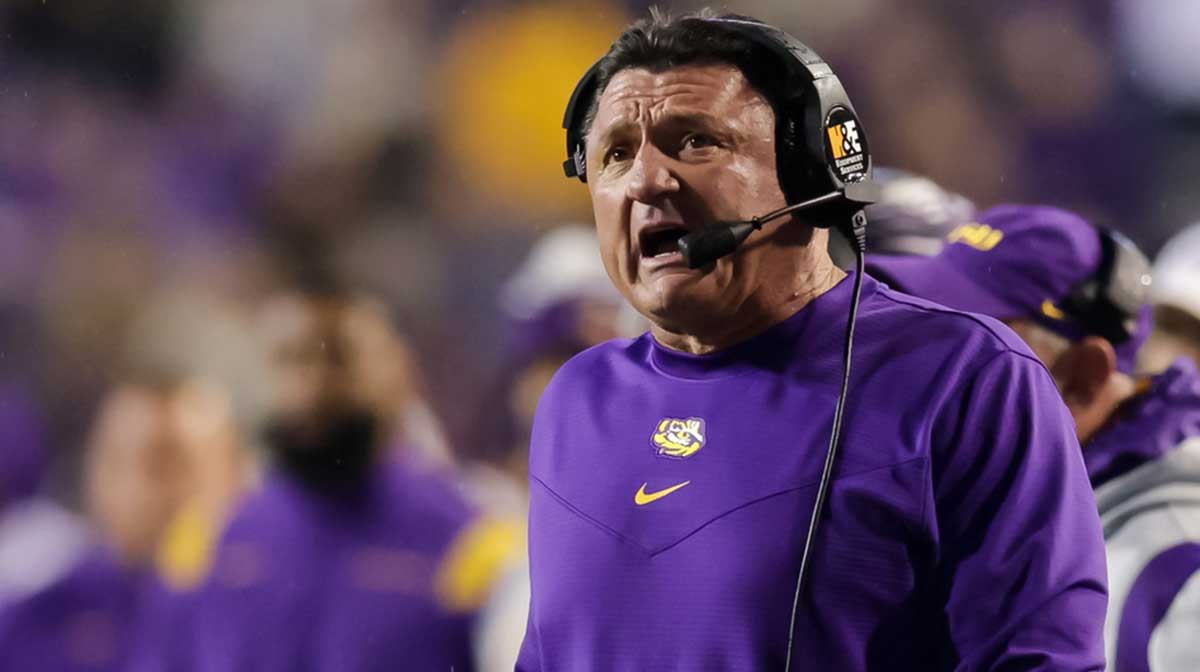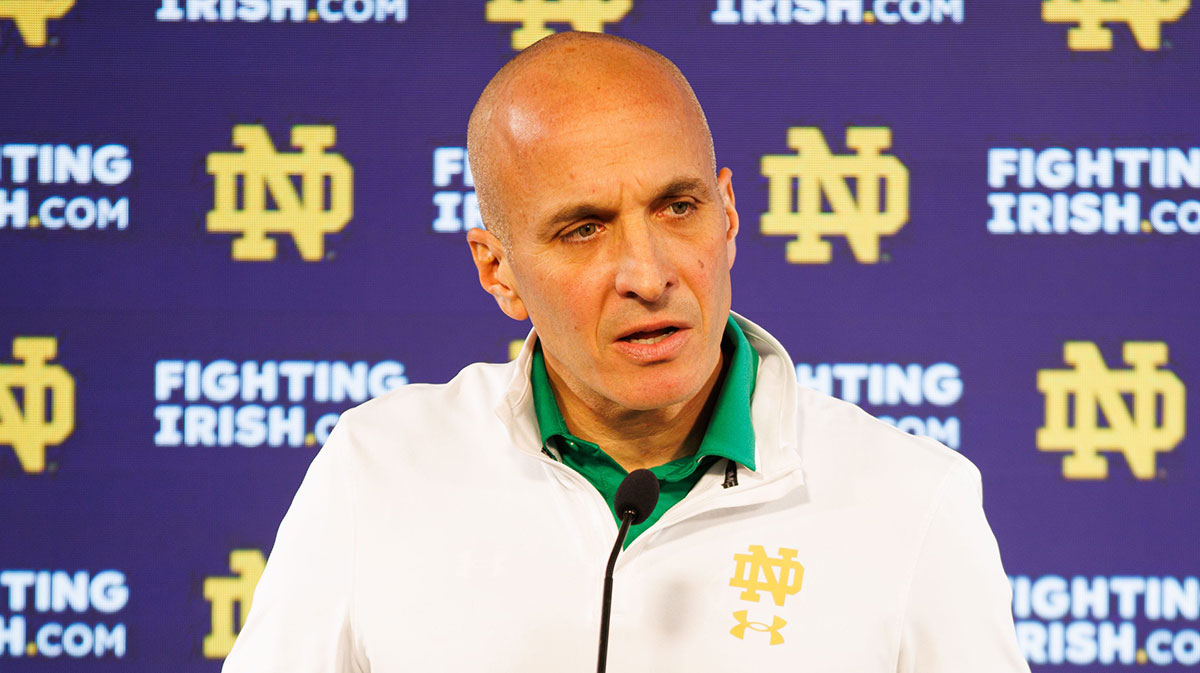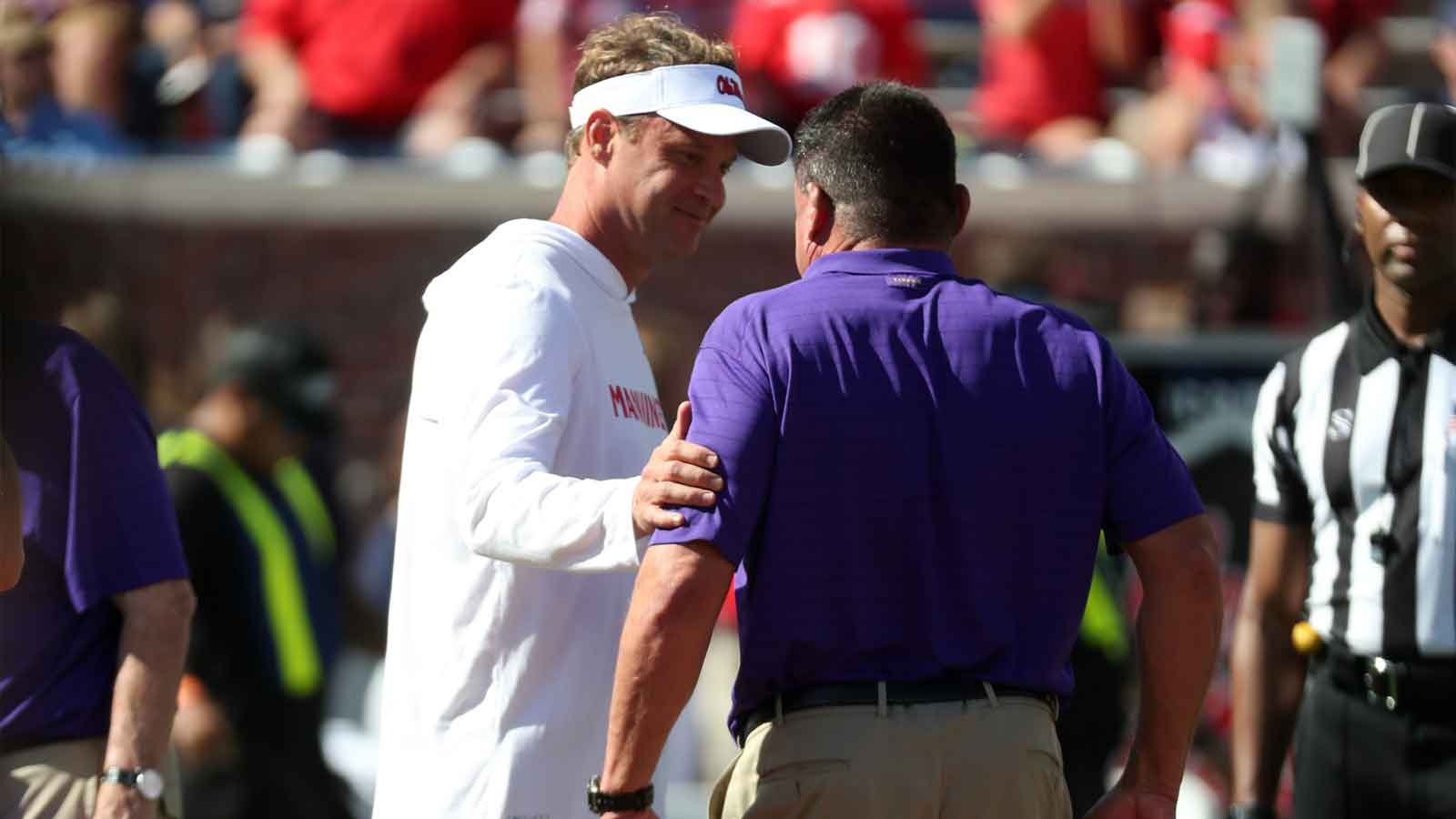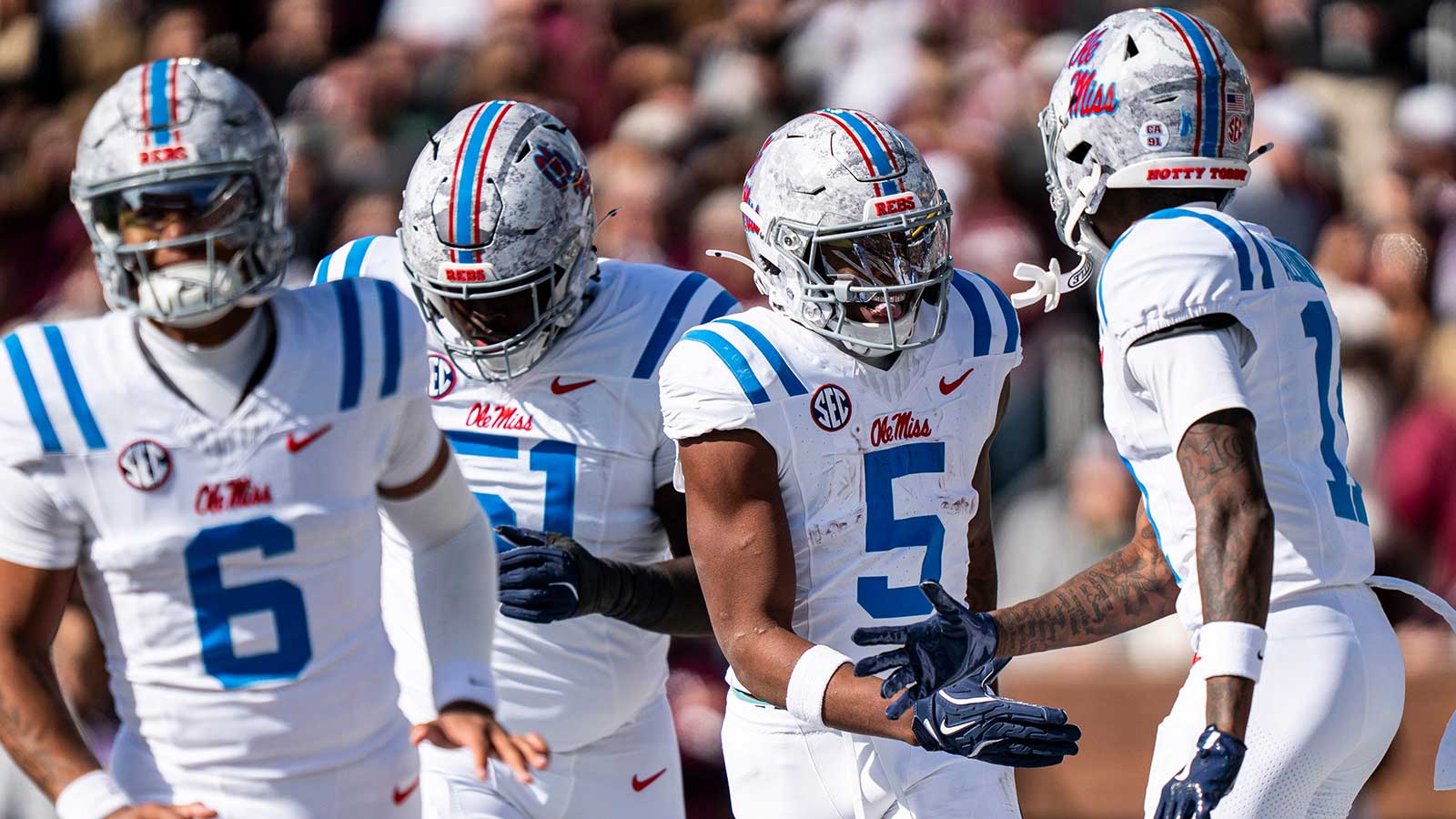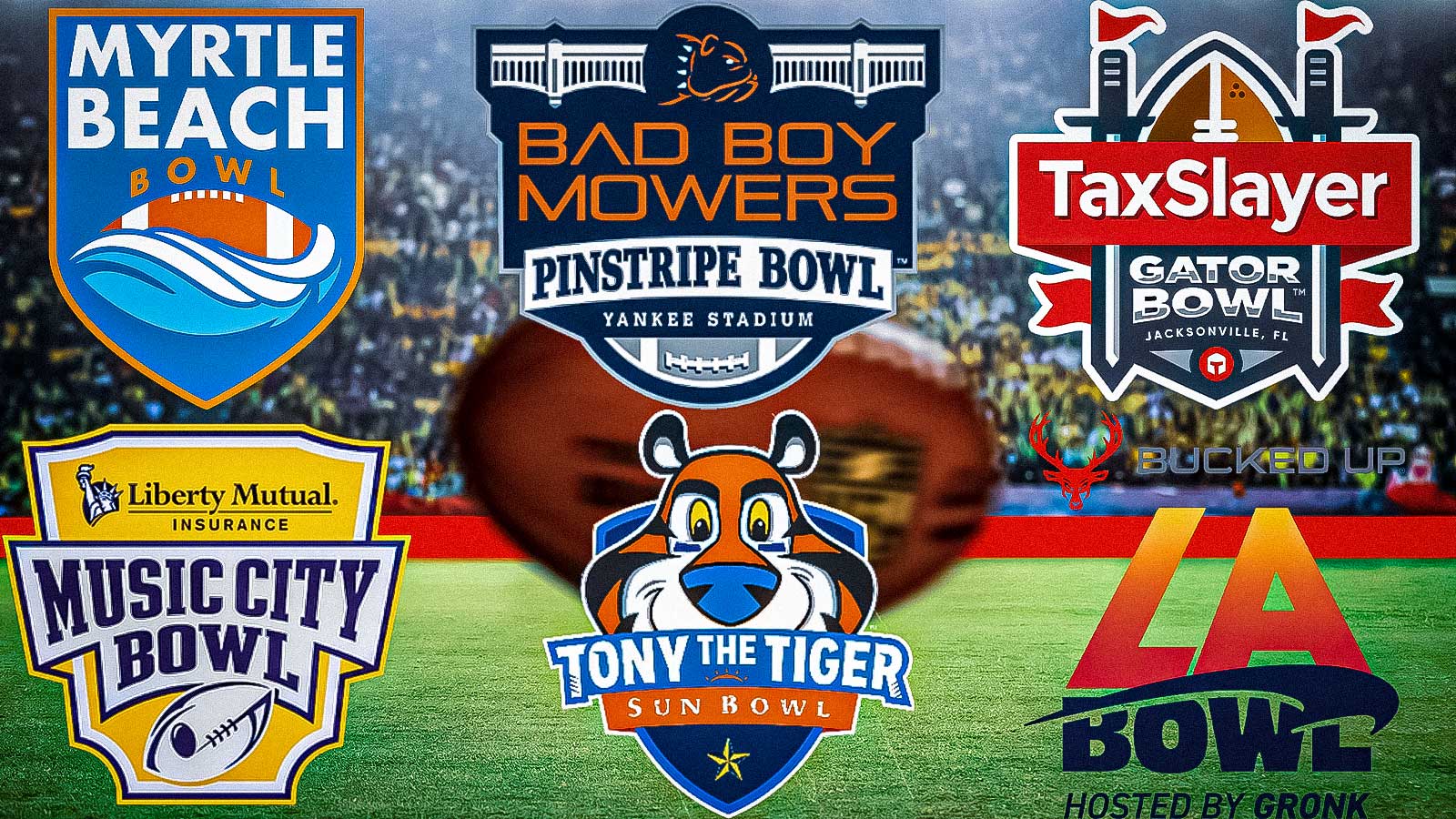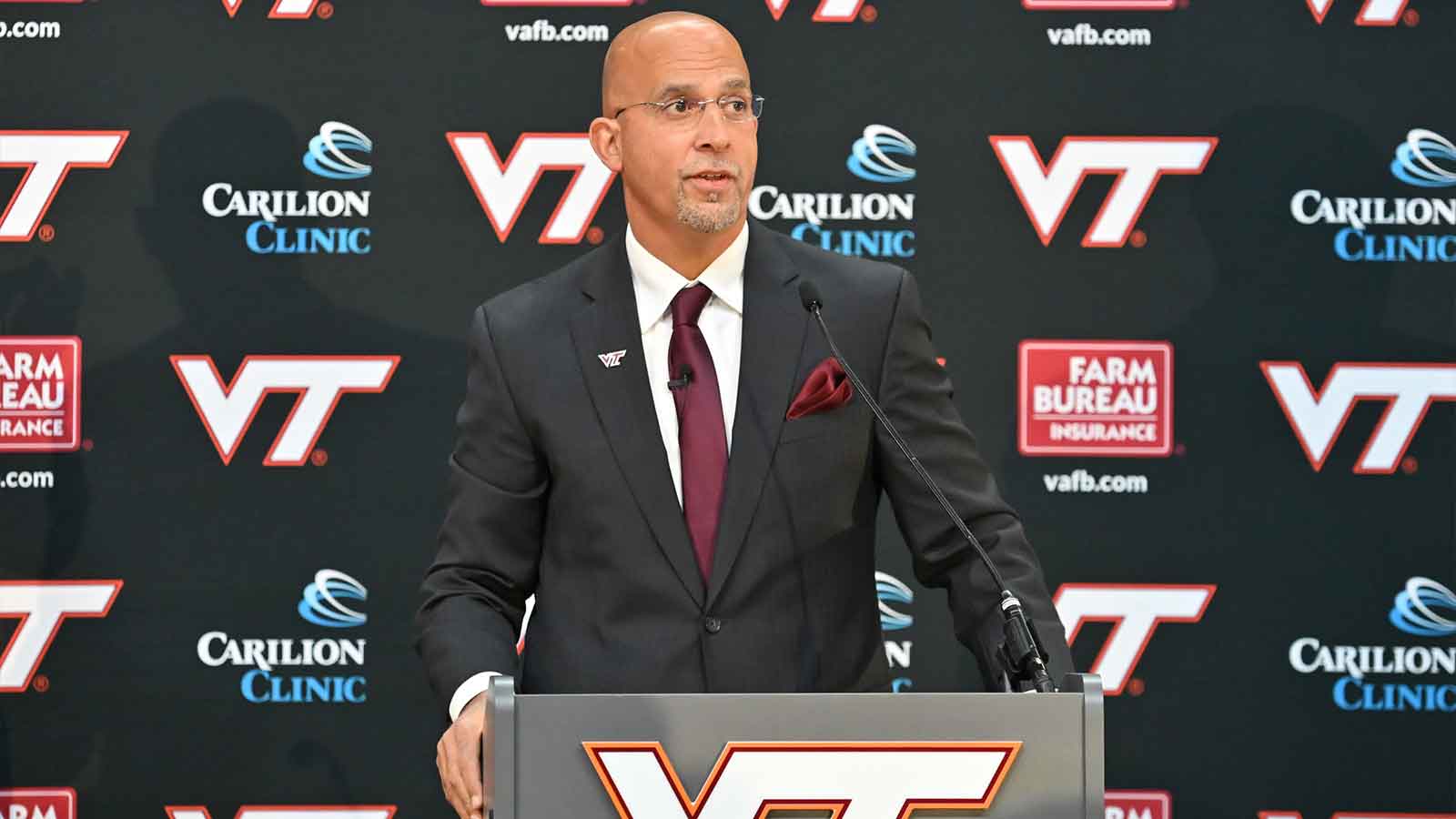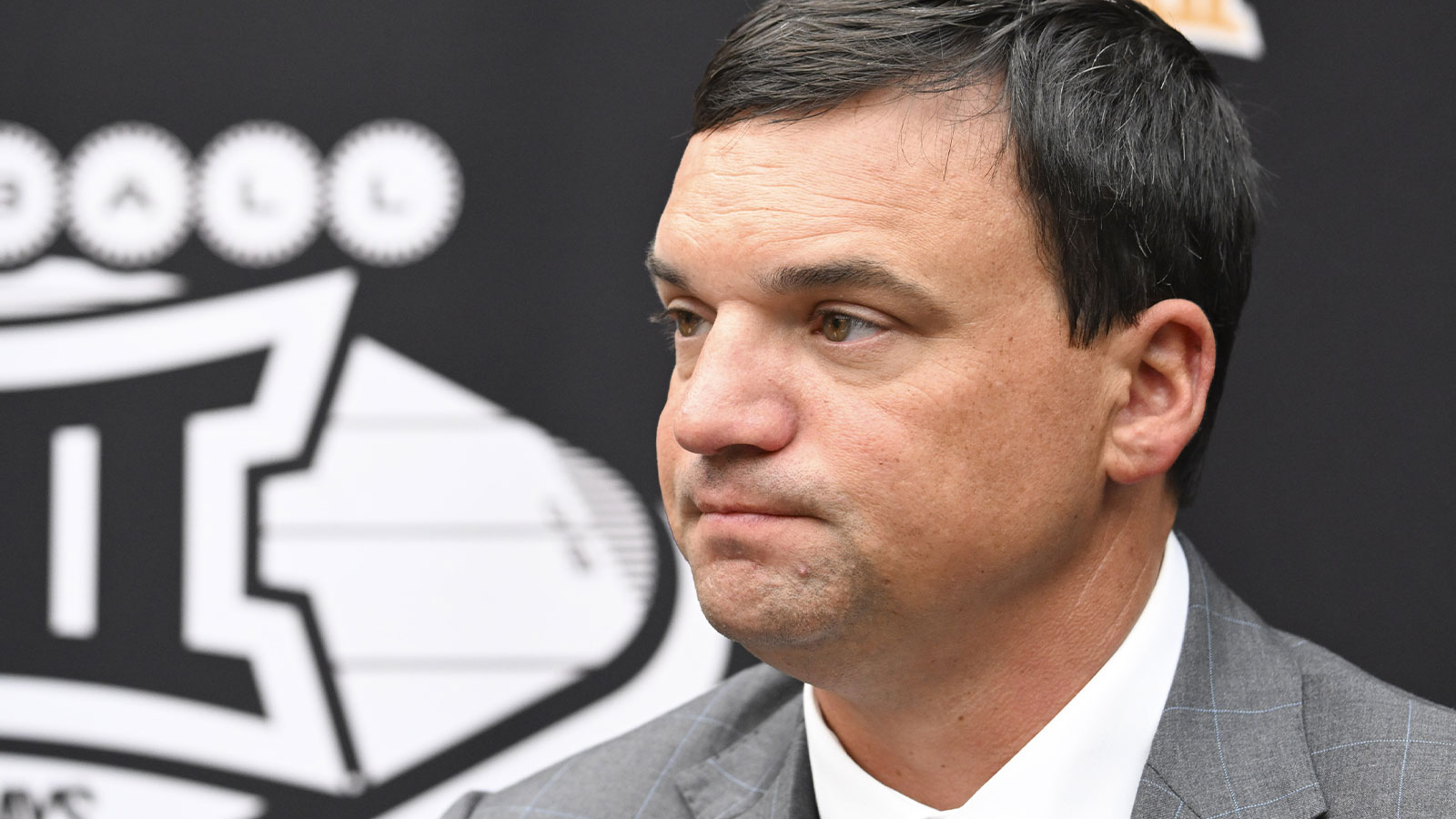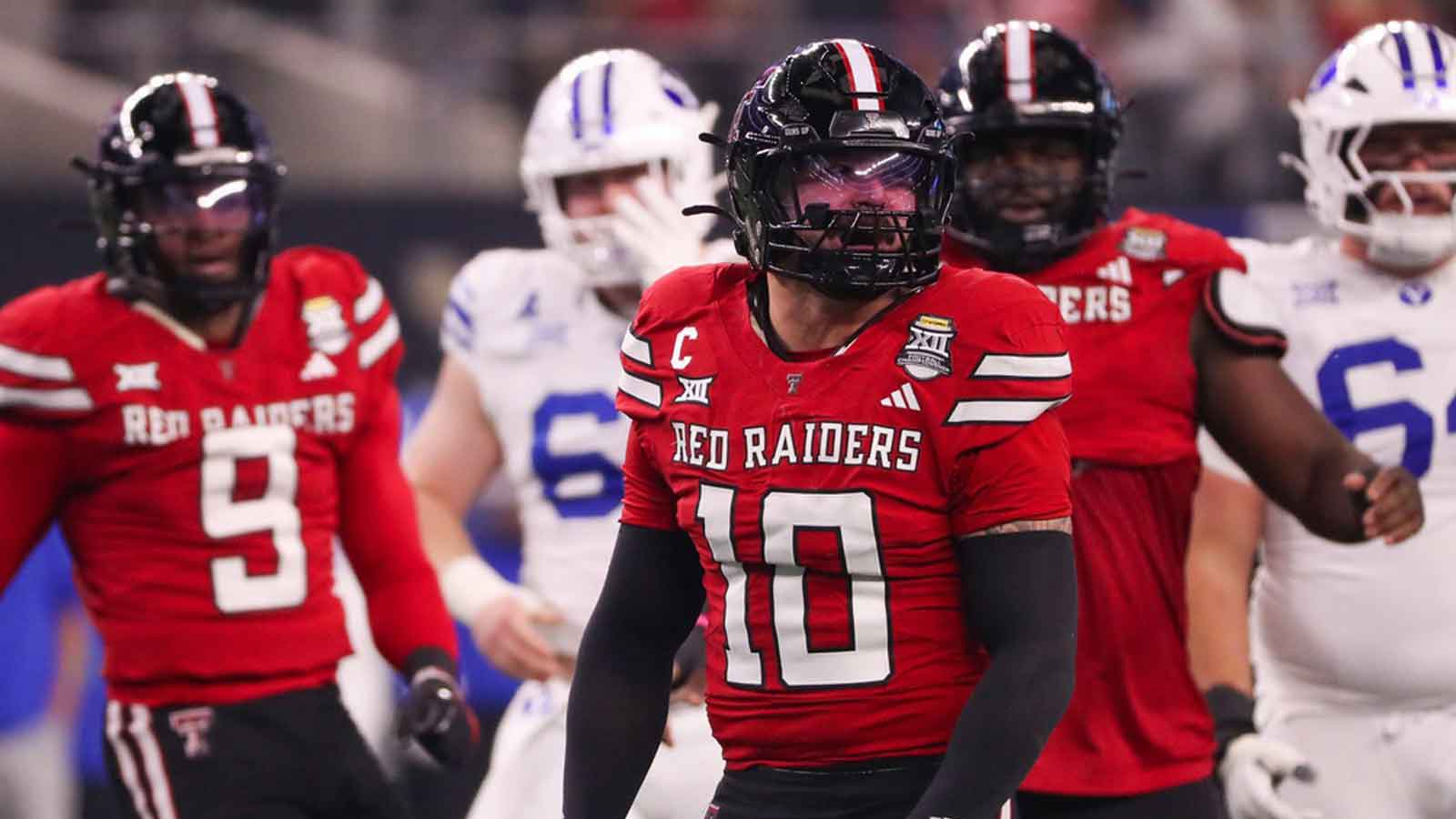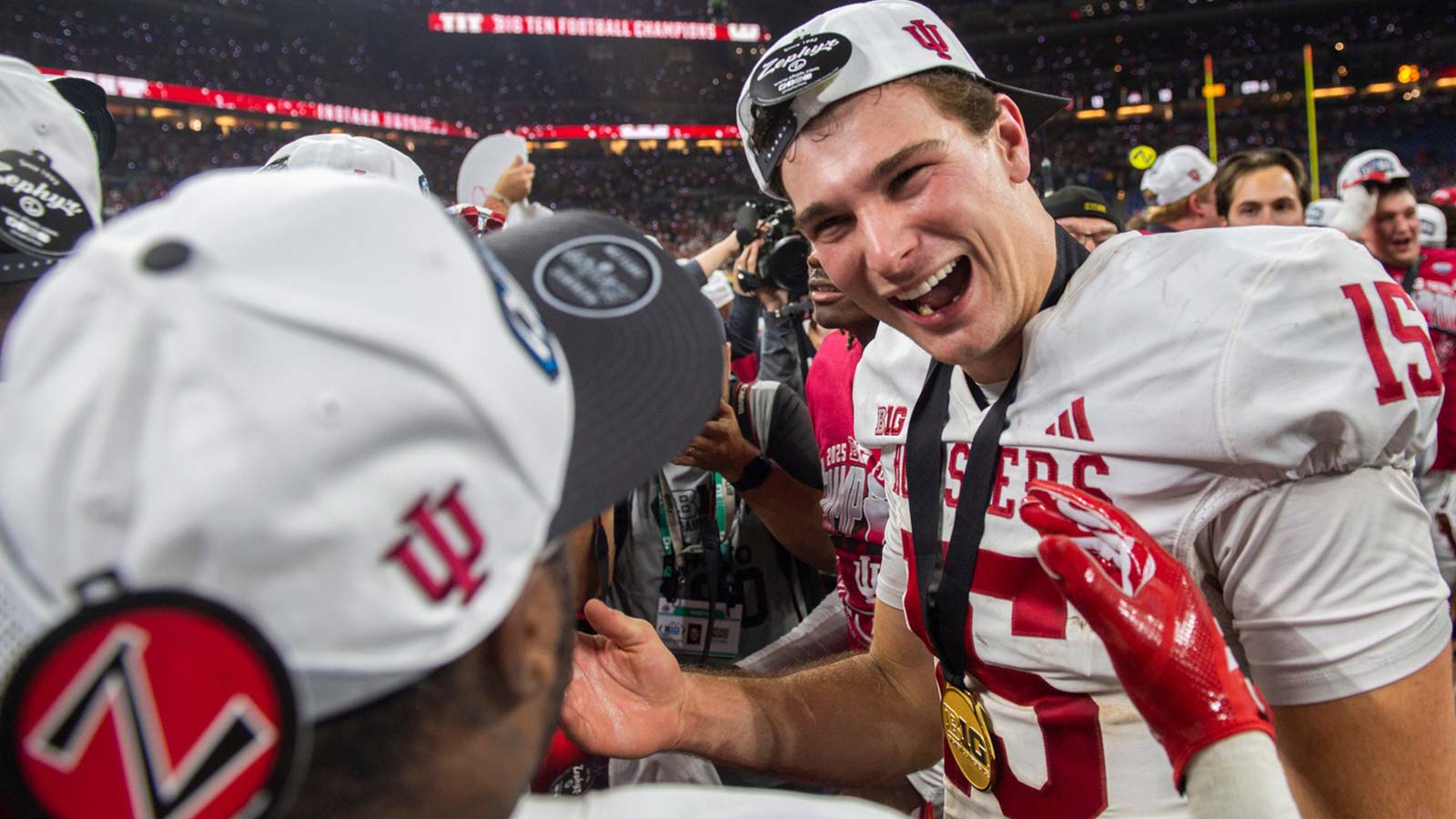Heading into the 2024 Heisman Trophy ceremony, it was widely assumed that it would be a closely contested race between Travis Hunter and Ashton Jeanty. Hunter had an unprecedented season, as he was a true two-way player who excelled at both receiver and cornerback. Jeanty, meanwhile, had one of the best rushing seasons ever, all while playing for a talented mid-major team in Boise State.
As anticipated, the race for the Heisman was close, and Hunter finished on top to become the 90th Heisman winner ever. The Colorado football star won the Heisman Trophy in the narrowest margin of victory since 2009. In Heisman Trophy balloting, a first-place vote is worth three points, a second-place vote is worth two points, and a third-place vote is worth one point. Hunter collected 552 first-place votes en route to 2,231 total points, while Jeanty had 309 first-place votes and 2,017 total points. Only 214 points separated the two, so check out the gallery to see if the 2024 Heisman race ranks among the closest competitions for the best player in college football ever.
1. 2009 Heisman
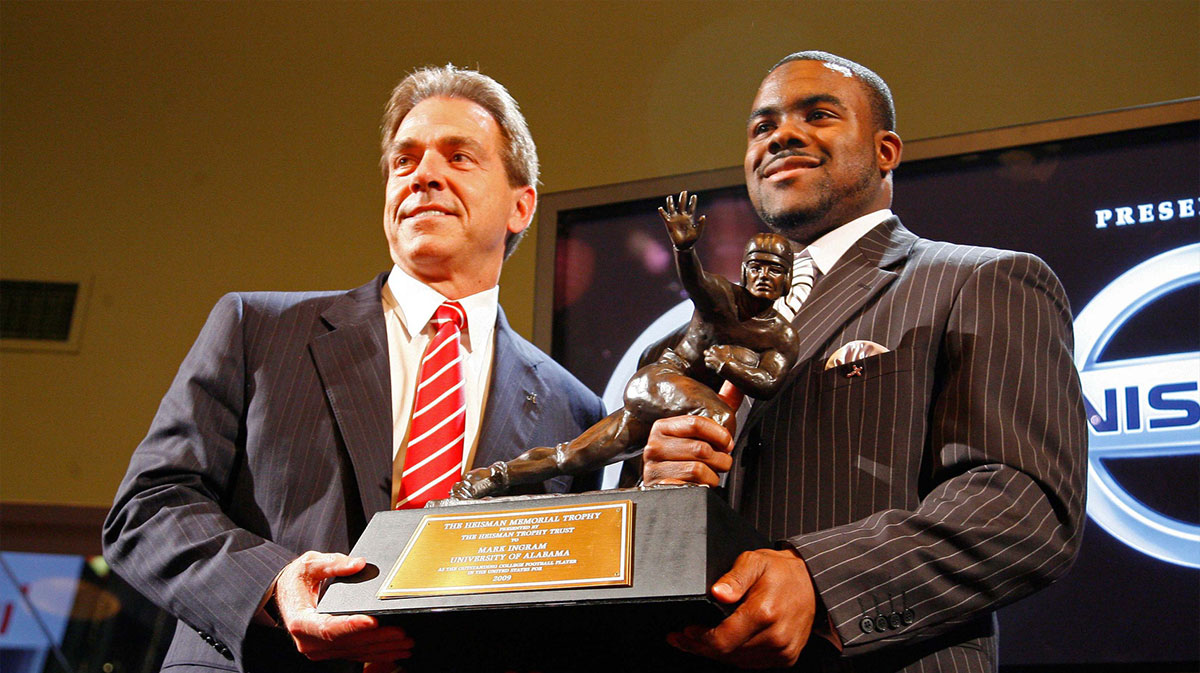
- Mark Ingram, Alabama, RB: 1,304 total points
- Toby Gerhart, Stanford, RB: 1,276
- Colt McCoy, Texas, QB: 1,145
- Ndamukong Suh, Nebraska, DT: 815
Not only was the 2024 Heisman race the closest since 2009, but that year actually saw the slimmest margin of victory ever. We ranked Mark Ingram, that year's victor, as having the worst Heisman Trophy-winning season of the 21st century, and it makes sense when considering he so narrowly won the vote, not only against the second-placed finisher but against third and fourth place, too. Ingram played for Alabama and Nick Saban at the start of their dynasty. The Crimson Tide won the national championship under Saban for the first time this year, and Ingram was Alabama's first-ever Heisman winner.
Ingram put up 1,658 rushing yards and 17 touchdowns. While impressive, those marks weren't all that elite in 2009. Ingram was only 11th in the nation in rushing touchdowns and fourth in rushing yards. He narrowly won the award because he did step up in the biggest moments, though. You can make a case that Toby Gerhart, the Heisman Trophy runner-up, was the nation's best running back in 2009.
Gerhart led the nation in both rushing yards (1,871) and rushing touchdowns (28). However, some thought Gerhart put up empty numbers, as Stanford had an uninspiring record of 8-5. Colt McCoy and Ndamukong Suh were legitimately in the running, too. McCoy was the quarterback on a very good Texas team that made it all the way to the National Championship game, although they lost. McCoy ranked outside of the top 10 in passing yards (3,521) on the season, though.
Suh was a dominant force for Nebraska's interior defensive line, but the Heisman stigma against defensive players didn't help his case. Still, this close race meant that he received more Heisman Trophy votes than most defensive players do. Overall, only 28 points separated the winner and runner-up. Perhaps even more crazy is the fact that the winner and third-place finisher were only 159 points off.
2. 1985 Heisman
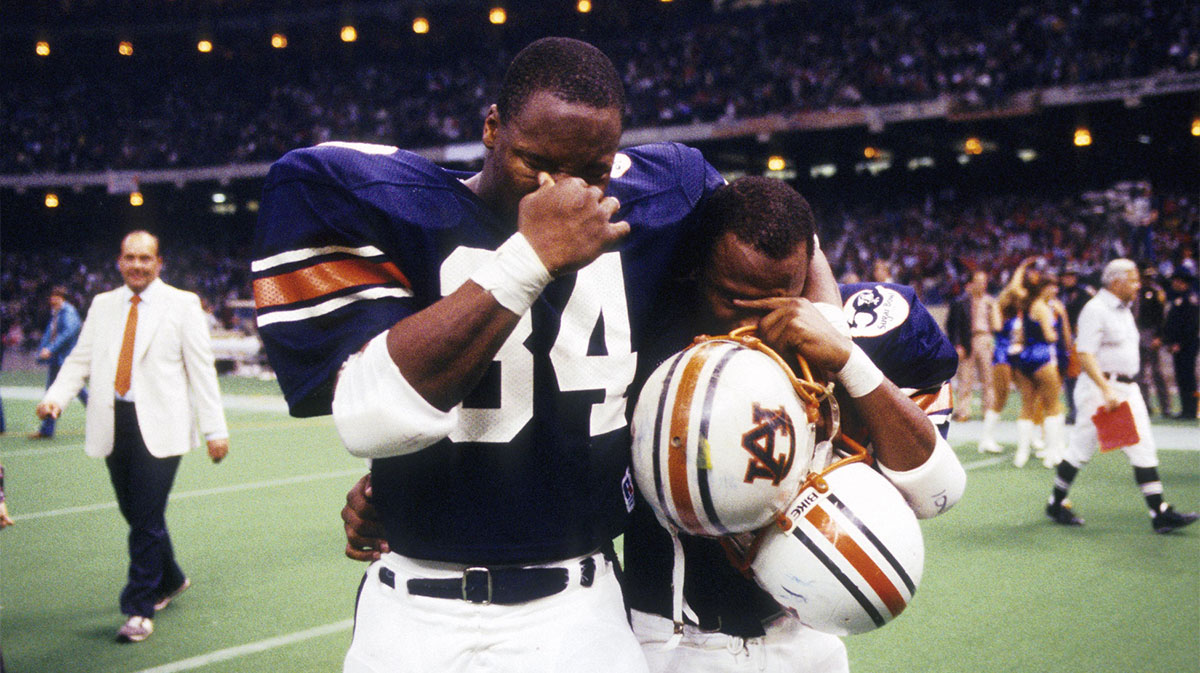
- Bo Jackson, Auburn, RB: 1,509
- Chuck Long, Iowa, QB: 1,464
- Robbie Bosco, BYU, QB: 459
- Lorenzo White, Michigan State, RB: 391
Bo Jackson is widely regarded as one of the greatest college football players ever, but that might not have been the case if he had not won the Heisman Trophy, and he was only narrowly picked as the best player in college football in 1985. Jackson ran for 1,786 yards and 17 touchdowns in what was one of many impressive seasons he had at Auburn during the height of running back dominance in college football.
Chuck Long, the quarterback at Iowa, was right on his tail in Heisman voting, though, only losing out to Jackson by 45 points. Long put up big numbers slinging the ball for the Hawkeyes, as he completed 231 passes for 2,978 yards, and 26 touchdowns. While those numbers don't stand out now, they were impressive in that era, and Long's Iowa team was 10-2 in comparison to the 8-4 record that Auburn finished with.
However, looking back, this Heisman race probably shouldn't have been as close as it was. Long trailed the nation leader in passing yards (Robbie Bosco) by 1,295 yards, and he threw 15 interceptions on top of that.
3. 1961 Heisman
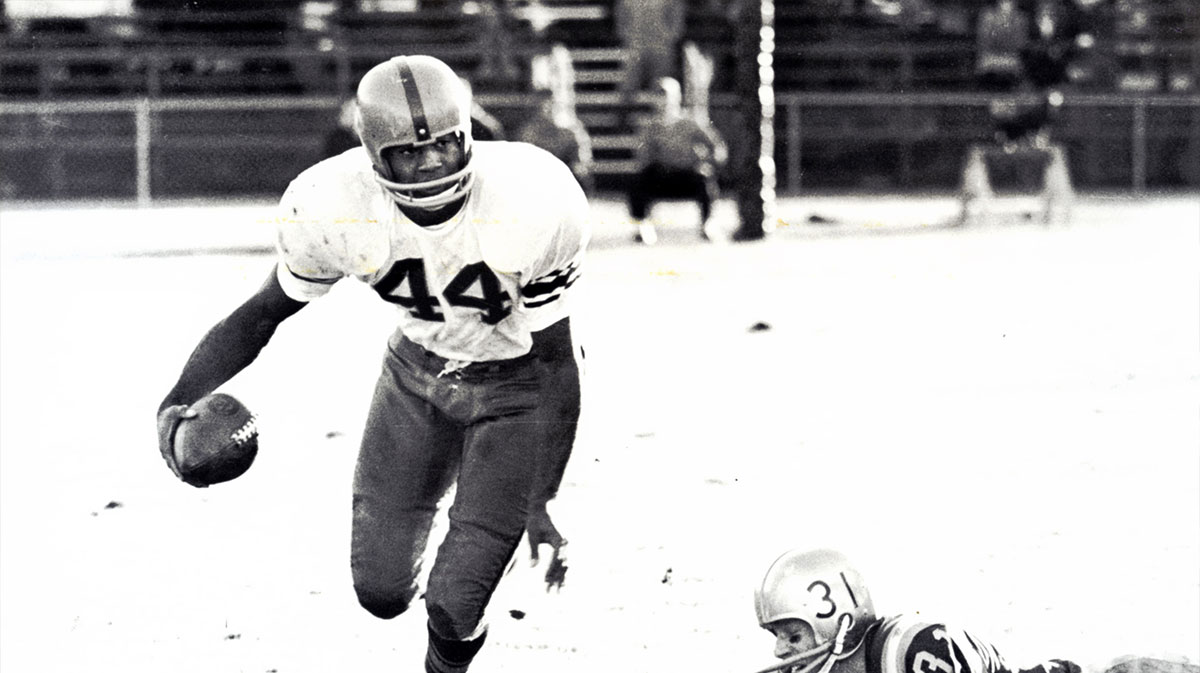
- Ernie Davis, Syracuse, RB: 824
- Bob Ferguson, Ohio State, RB: 771
- Jimmy Saxton, Texas, RB: 551
- Sandy Stephens, Minnesota, QB: 543
Ernie Davis was the first black Heisman winner, so he really changed the landscape in college football. Before him, fellow Syracuse ball-carrier Jim Brown was robbed of the most prestigious award in college football. Black athletes weren't really considered for the Heisman before the early '60s, and Davis played a huge part in changing that.
In 1961, he rushed for 823 yards and 12 touchdowns. He actually wasn't up against a white player in the Heisman voting, though, as Ohio State running back Bob Ferguson was also an African-American athlete. Ferguson's numbers were close to Davis'. He had more yards (938) but fewer touchdowns (11) on the ground in comparison to Davis.
Even the third running back in consideration this season (Jimmy Saxton) had comparable statistics. The Texas back ran for 846 yards and nine touchdowns. Clearly, this was a defensive era of college football, as these numbers seem disappointing by modern-day standards.
Davis was nicknamed “The Express,” and he was a true legend of the college game. He was diagnosed with leukemia just months after winning the award, and he passed away just two years later.
4. 1953 Heisman

- Johnny Lattner, Notre Dame, RB: 1,850
- Paul Giel, Minnesota, RB: 1,794
- Paul Cameron, UCLA, RB: 444
- Bernie Faloney, Maryland, QB: 258
The 1953 Heisman Trophy race was the fourth closest of all time, as Johnny Lattner edged out Paul Giel by only 66 votes. Lattner did a little bit of everything for Notre Dame, making this Heisman season somewhat comparable to the Travis Hunter vs. Ashton Jeanty debate of 2024.
Lattner played running back, was used as a punter, he caught passes, he intercepted passes on defense, and he was used in the passing game as both a passer and a receiving threat. However, he didn't lead Notre Dame in any offensive categories, which planted Paul Giel firmly into the race.
In fact, Giel's 1,794 Heisman votes are the most ever for a non-winner. Ultimately, though, voters opted for the versatility of Lattner over the steady rushing production of Giel.
5. 2001 Heisman
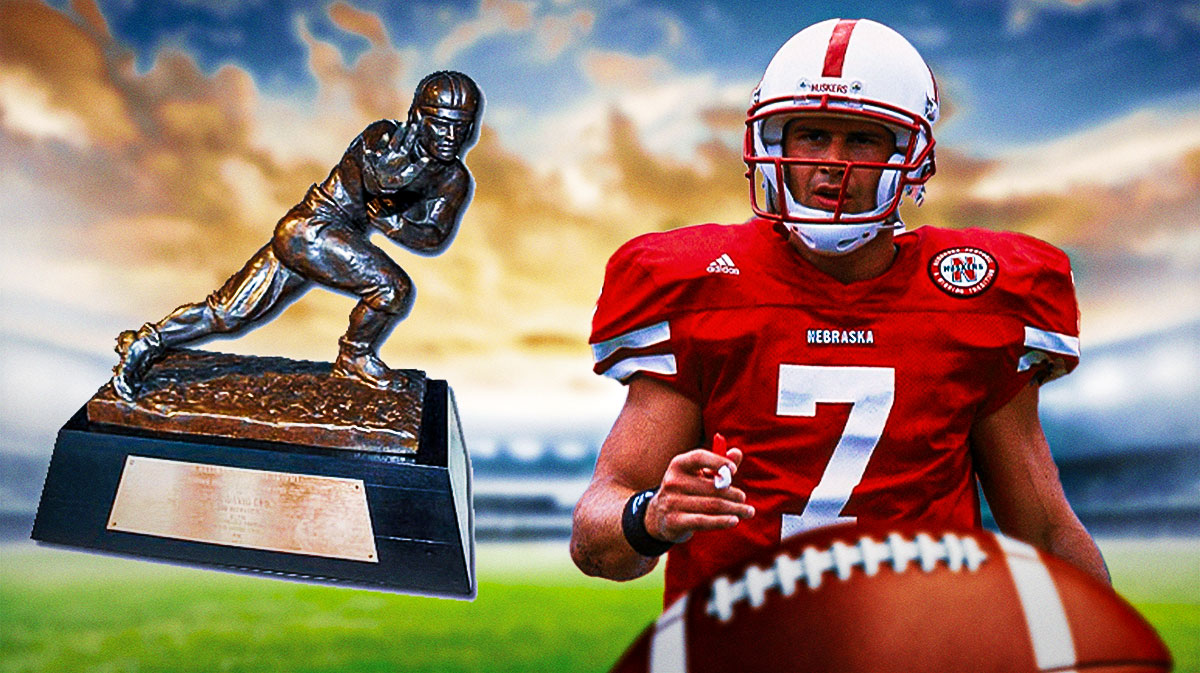
- Eric Crouch, Nebraska, QB: 770
- Rex Grossman, Florida, QB: 708
- Ken Dorsey, Miami, QB: 638
- Joey Harrington, Oregon, QB: 364
By the time the 21st century came around, quarterbacks had started putting up jaw-dropping numbers through the air, but that wasn't necessarily the case for Eric Crouch. The Nebraska quarterback only had 1,510 yards and seven touchdowns in the air, which is a big reason why only one player ranks as a worse 21st-century Heisman Trophy winner for us.
Crouch had a memorable 63-yard touchdown catch, and he did thrive with his feet (1,115 yards/18 touchdowns), but you can definitely argue that Rex Grossman deserved the Heisman over him in 2001. Grossman was only a sophomore at Florida, though, and there was a stigma against giving the Heisman to underclassmen at the time. A stigma that wasn't changed until fellow Florida quarterback Tim Tebow won the award in 2007.
Grossman was far more impressive than Crouch as a passer. He had 3,896 yards and 34 touchdowns through the air, numbers that blew Crouch's statistics out of the water. Even so, he lost to Crouch by 62 points. Ken Dorsey of Miami was also in the race this season. The 2001 Hurricanes are widely regarded as one of the most stacked teams of all time, and although Dorsey's numbers weren't anything special, he was the leader of an incredible team.


